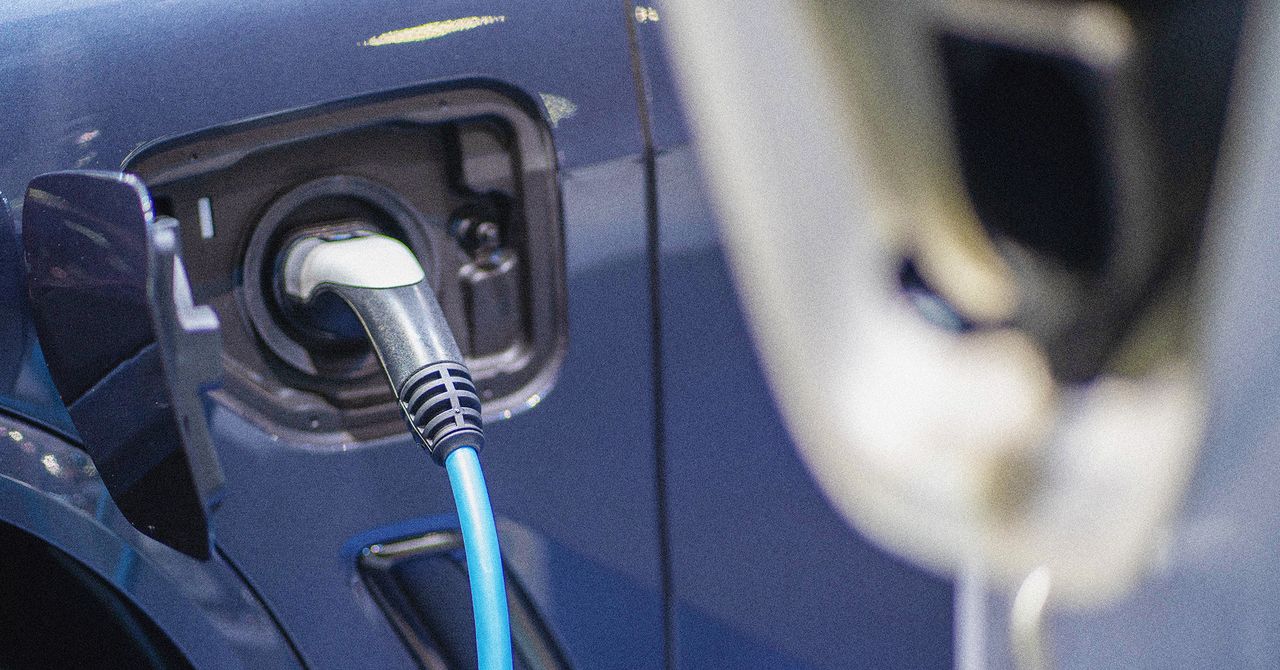
When surveys ask potential automotive consumers why they’re not going electric, the reply is constant: It’s the charging. Drivers perceive fuel; plugging in, much less so. They’re nervous about ready round for a charger, which, relying on its energy, can take wherever between 20 minutes and eight hours to refill a battery.
So the hubbub round a shock announcement from Chinese language electrical automobile big BYD is smart. The automaker mentioned this week that two new autos set to launch in April will have the ability to add 250 miles of vary in simply 5 minutes.
That’s twice as fast as even the following era of Tesla Superchargers. (The day of BYD’s announcement, Tesla inventory dropped by 5 p.c.)
Topping up in 5 minutes makes for excellent advert copy, and will go an extended solution to assuaging drivers’ issues about EVs. However virtually talking, consultants say, it won’t be the large charging breakthrough it appears.
BYD says the superfast charging is made doable by an “all liquid-cooled megawatt flash-charging terminal system,” according to Bloomberg, plus a brand new, automotive-grade silicon carbide energy chip. The mixture ought to enable the automobile to channel as much as 1,000 volts of cost. That’s a small however vital bounce in comparison with opponents, no less than amongst passenger autos. Typically, the upper the voltage, mixed with enough amperage, or electrical movement, the sooner the cost. Hottest EVs, together with the Tesla Mannequin 3, are constructed on 400-volt “platforms,” that are often cheaper to fabricate, although 800-volt models are on the rise. The upcoming Lucid Gravity, in the meantime, has a 926-volt powertrain. BYD trumps all of it.
The extra vital BYD innovation, although, could also be in its chargers, which the automaker signifies ought to have the ability to benefit from that 1,000-volt functionality. BYD says it would construct 4,000 of them in China, although hasn’t supplied any specifics about when, the place, and the way. (The automaker didn’t reply to WIRED’s questions.)
Getting these quick chargers within the floor possible received’t be a easy activity. “It’s going to take some time,” says Gil Tal, who directs the Electrical Automobile Analysis Heart at UC Davis. Constructing charging stations can already be a multimonth, if not multiyear journey in most international locations, due partially to prolonged allowing processes, but in addition the time it takes to find, build, and assemble charging parts.
What’s extra, bigger megawatt charging stations have bigger megawatt energy wants, and may require expensive grid connection updates. Plus, a complicated liquid-cooled system, like the sort described by BYD, wants thick, heavy, and specifically manufactured cables and connectors that may dissipate warmth rapidly. “They want extra copper, extra cooling, extra all the things,” says Tal. Which means extra up-front constructing bills, which may very well be handed on to drivers in increased charging costs.
Regardless of the shortage of element from BYD, EV business consultants know a few of these issues as a result of tremendous quick charging isn’t new. Megawatt charging techniques that may ship as much as 1,250 volts have been in growth for practically a decade, although builders have largely been centered on the speedy charging of professional quality industrial autos like electrical semitrucks and buses. Most superfast charging efforts have centered on these types of autos for 2 causes: They’ve a lot greater battery packs; and so they’re largely operated by companies and governments in fleets, so the moments they spend charging are moments they’re not transporting folks or items. Their time is cash. This makes depot builders extra keen to shell out the additional funding wanted to get supercharging capabilities. Will they be keen to do the identical for passenger autos? And at what value?






